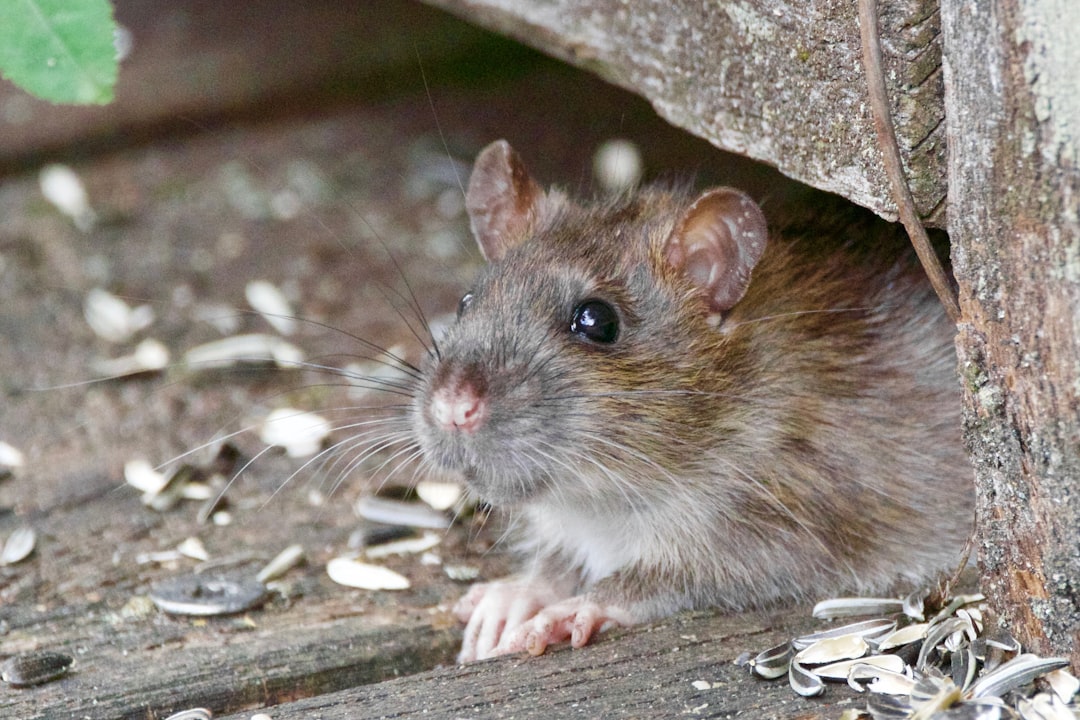What is it about?
Reconstructing the bacterial "tree of life" is not easy. In contrast to complex organisms, their fossil record is very scarce. We reconstruct bacterial evolutionary history using genetic information encoded in bacterial DNA or rather in their DNA sequence differences. The differences are generated by mutations that accumulate over time in all taxa and act as a molecular clock. We find that in bacteria the genomes are mosaic in a sense that different regions mutate with different rates, such that there is not just one clock ticking, but several that are not synchronised. Moreover, some of these clocks are ticking too fast, obscuring the phylogenetic signal. In addition, unlike eukaryotes, bacteria often exchange pieces of DNA across species boundaries in a process known as horizontal gene transfer, further obscuring the analysis. Our novel method takes all these effects into account and allows us to study bacterial evolutionary history based on their genomes.
Featured Image

Photo by Martin Martz on Unsplash
Why is it important?
To be able to reconstruct the bacterial phylogeny is one thing. But our research also shows that different parts of bacterial genomes evolve at different speeds as a consequence of environmental factors in different habitats. We therefore can better understand these factors and their role in bacterial evolution. Another important feature of this model is that it allows to accurately identify genes that have been transferred horizontally between any pair of bacterial species.
Read the Original
This page is a summary of: Modeling the mosaic structure of bacterial genomes to infer their evolutionary history, Proceedings of the National Academy of Sciences, March 2024, Proceedings of the National Academy of Sciences,
DOI: 10.1073/pnas.2313367121.
You can read the full text:
Contributors
The following have contributed to this page










